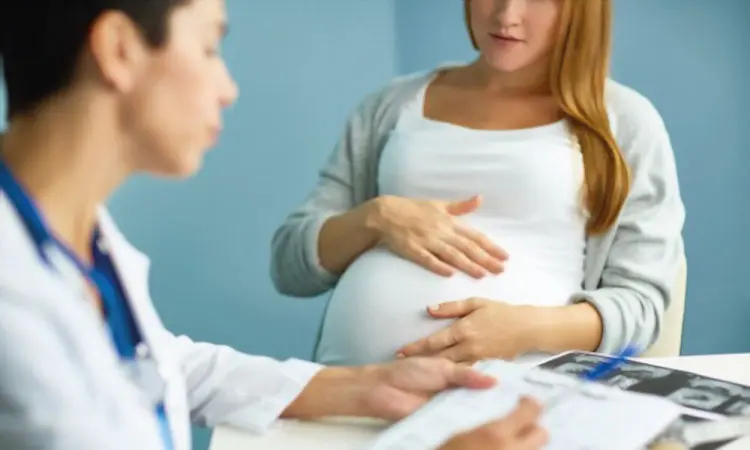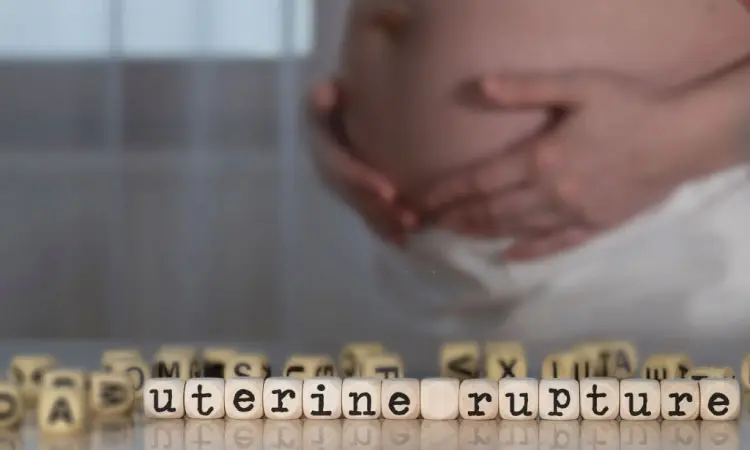Pregnancy, a turning point for a woman can be full of excitement and at worst few complications as well. Not all pregnancies need to occur with complications but most of them do. The important question though is knowing the common complications during pregnancy. Women while pregnant can undergo severe complications that could be related to their health, the baby’s health, or even both. It is also seen that the conditions or diseases which the mother had prior to pregnancy also lead to pregnancy complications after conceiving or even at the time of delivery.
Early detection and prenatal care even help reduce risks of complications as well. It is important to know “what is the most common complication of pregnancy”? According to a source the most common complications of pregnancy are:
- Preterm labor
- High blood pressure
- Gestational diabetes
- Preeclampsia
- Miscarriage; a loss of pregnancy
Who Is At Risk For Complications?
If the pregnant woman is undergoing a chronic illness, it is best to consult a doctor to reduce the complications before becoming pregnant. In cases already conceived, the doctor needs to keep monitoring the pregnancy.

A few examples of conditions or diseases that can result in common complications during pregnancy are:
- Cancer
- High blood pressure
- Diabetes
- Infections
- Kidney ailments
- Epilepsy
- Sexually transmitted diseases, including HIV
- Anemia
Apart from pursuing chronic diseases, other reasons that can increase the risk for common complications during pregnancy are1:
- Getting pregnant at 35 or more
- Being pregnant at an early age
- Smoking
- Alcohol
- Having an eating disorder like anorexia
- Using illegal drugs
- Having twins or triplets or multiple pregnancies
- Having a history of pregnancy loss or preterm birth
Related Reading: Being Overweight During Pregnancy- 10 Potential Complications
Can Complications Be Fatal?
If there is a lack of proper medical facilities, complications can be life-threatening as well. A good question that is asked is what are the reasons to be admitted to hospital during pregnancy2.
The main causes of complications are:
Calculate Due Date With LMP
- Infection
- bleeding
- Unsafe termination
- Preeclampsia
Proper health or medical facilities can help in preventing or resolving most of these issues. It is also advisable to attend all prenatal visits during pregnancy and even follow the doctor’s instructions to reduce or prevent the common complications during pregnancy.
11 Common Complications During Pregnancy And Delivery
The normal symptoms of pregnancy and the symptoms of complications are sometimes hard to distinguish. Complications happen in all semesters, but it is generally asked which common complications are seen during the third trimester, the final one as it leads to labor and delivery. Most of the problems are mild and do not progress with time but it is best to consult a doctor in case of any concerns during pregnancy. The complications in pregnancy can be managed by proper treatment.
Let us discuss the 12 most common complications experienced by women during pregnancy.
1. High blood pressure

This happens when the arteries and placenta are narrowed. Our panel gynaecologist Dr Ankita Patel Tayal says “High blood pressure can be related to a high risk of having many complications, especially preeclampsia. In the case of preeclampsia, there are more chances of having a preterm baby, a baby with low birth weight.” It is thus important to regulate and monitor blood pressure with the help of a doctor at the time of pregnancy3.
2. Gestational diabetes
Gestational diabetes can occur when the body cannot effectively process the sugar. This also results in higher-than-normal sugar levels in the blood. In case of such a condition, the meal plan of the women needs to be modified to help control blood sugar. In the worst case, insulin might be required as well for keeping the blood sugar level in control. Gestational diabetes gets resolved post-delivery4.
3. Preeclampsia
This condition is also known as toxemia. This happens after the initial 20 weeks and leads to high blood pressure and a few issues with the kidneys. The only treatment for preeclampsia is delivering the baby and placenta to prevent the condition from worsening. The doctor also discusses the risks and benefits related to the time of delivery. The doctor can even induce labor if the pregnant woman is 37 -40 weeks pregnant. In case it’s too early to deliver the baby, the doctor monitors the mother and baby closely. They can also prescribe medications for lowering the blood pressure and help the baby mature in case the full term is not achieved.
4. Preterm labor
Preterm labor happens if the pregnant woman goes into labor prior to 37 weeks of pregnancy. This is the time when the baby’s organs, brain, and lungs are completely developed. Few medications can stop labor, so the medical practitioners recommend bed rest to avoid the baby being born early or before time5.
Related Reading: 13 Health Problems That May Affect Premature Babies
5. Miscarriage
Miscarriage refers to a loss of pregnancy in the first 20 weeks and there are a few common causes for miscarriage. Studies show that 20% of pregnancies of healthy women end in a miscarriage. This can also happen much before the woman gets to know she is pregnant. Miscarriages in most cases are not something that can be prevented. A miscarriage at 20 weeks is known as a stillbirth. Stillbirth can be due to the reasons listed here6:
- Infections
- Problems with the placenta
- Chronic health issues in the mother
6. Anemia
It means having a low count of red blood cells in the body. The pregnant woman feels tired and weaker, has pale skin when suffering from anemia. This condition has many reasons, and the doctor needs to treat the reason behind anemia. Having folic acid and iron supplements during pregnancy as it is generally due to a deficiency7.
7. Infections
Viral, bacterial, and parasitic infections can end up in pregnancy complications. Infections are not good for the mother as well as the baby. It is thus important to get treatment. The most common infections that occur during pregnancy are:
- Bacterial vaginosis
- A urinary tract infection
- Hepatitis B virus
- Cytomegalovirus
- Group B Streptococcus
- Yeast infection
- Influenza
- Toxoplasmosis is an infection caused by a parasite found in cat feces, soil, and raw meat
- Zika virus
8. Labor Complications

Complications can occur not during pregnancy but even at the time of labor and delivery. Complications during labor may need the doctor to change the way the delivery has to proceed.
9. Breech position
The baby is in a breech position when the feet are positioned to be delivered before the head. Studies indicate this happens in 4% of full-time births. Babies born in this position are quite healthy. If the doctor finds that the baby is in this position a few weeks before delivery, they can try to change the baby’s position. In case the baby is still in this position at the time of labor, then it is recommended to have a caesarean.
10. Placenta previa
This indicates that the cervix is covered by the placenta. The doctors will perform a cesarean delivery in this case8.
Related Reading: 11 Home Remedies For C-Section Recovery
11. Low birth weight
The birth weight is low due to poor nutrition or due to smoking cigarettes, drugs, or alcohol. Babies with low birth weight have an increased risk of9
- Blindness
- Respiratory infections
- Heart infections
- Learning disabilities
12. Uterine rupture

In case it is a second delivery, there is a small possibility that if the previous delivery was a cesarean, the scar from the previous one can open during the future one. Other than cesarean delivery, the rupture can be due to the following reasons as well.
- The size of the baby
- Induction of labor
- The use of instruments in vaginal delivery
- Maternal age of 35 years or more
Signs of a uterine rupture are10:
- Slow progress in labor
- An abnormal heart rate in the baby
- Vaginal bleeding
- Abdominal pain and scar tenderness in the mother
- Rapid heart rate and low blood pressure in the mother
Thus, pregnancy complications should not be taken lightly. Some can be dangerous for both the mother and the baby while others can be fatal as well. One needs to have good know-how and talk to the doctor and discuss them. Complications can be avoided or prevented if treated at the right time. Eating well, keeping fit and de-stressing can also keep many problems at bay.
FAQs
There are four factors that affect the fetus’ ability to navigate the pelvis during labor and delivery. A complex interplay between the maternal pelvis, fetus, maternal state of health, and uterine activity influences pregnancy outcomes.
They are also referred to as the 4P’s and they are power, passage, passenger, and psyche.
The partograph is a tool that monitors fetal and maternal well-being during the active phase of labor.
It is a decision-making aid as well when any abnormalities are detected. It is designed in a way to be used at all levels.
Cardiotocography is a persistent recording of the fetal heart rate that is obtained through an ultrasound transducer which is placed on the abdomen of the expectant mother.
CTG as it is also called is used widely in pregnancy to assess fetal well-being, especially with pregnancies that have high risk and complications.
